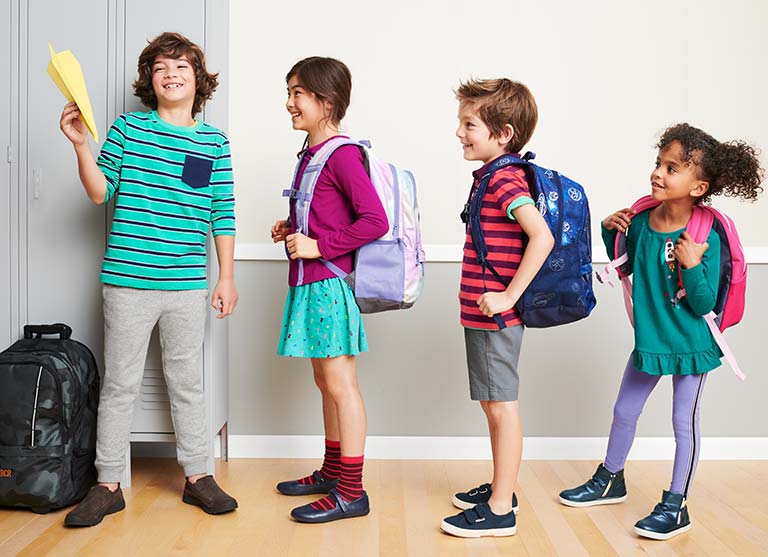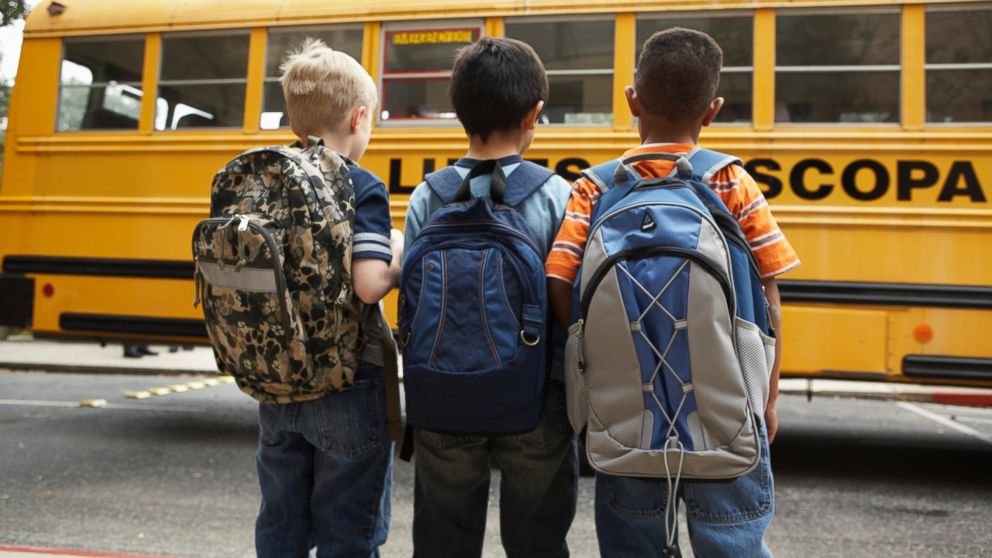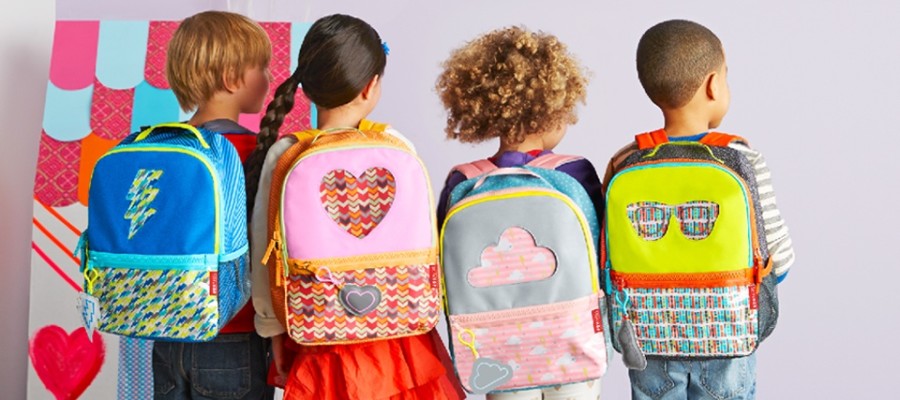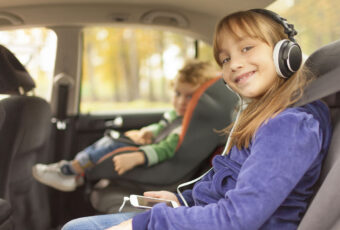Every time back to school season comes around, it seems like there are new backpack trends that come into style, only to be fully out of style by the end of the year. While this is to be expected, especially as our kids grow into teenagers, there’s one thing to keep in mind: how heavy your child’s backpack is. It’s really an important matter because it can lead to serious health issues down the line.

Making Sure Your Child Has The Right Backpack Can Impact Their Health
An estimated average of 7500 children under the age of 19 were treated in the emergency room for backpack-related issues between 2017 and 2019, according to the U.S. Consumer Product Safety Commission. So how do you keep your child’s back safe?
Dr. Rahul Shah, a board certified spine and neck surgeon shared: “A backpack that fits poorly, is too heavy, worn too often or incorrectly can lead to our children having problems with posture, pain in their necks, arms, and back.”
He continues: “With a too-heavy backpack, the back will begin to compensate for the extra weight and create stress on their spinal column, which can lead to a cascade of effects for the back from temporary backache to a more serious injury.”
Shah also explained that ER trips due to backpack delated injuries are due to the fact that kids’ physiological changes that happen as they’re growing. He says: “As children grow, their center of gravity can change within their bodies, and that’s without backpacks,” and he emphasizes that a heavy backpack “amplifies where the pivot points in the body are when sitting, standing, or moving.”

Backpacks Are One Of The Leading Causes Of Back Related Issues In Young Kids And Teens
“As all of these loads and pivot points change, children are forced to use their backs to counterbalance these loads. Therefore, the hinges (the areas where the bones move in the back) are placed at further risk for injury with so much extra load,” Dr. Shah says.
So how do you keep your child’s back safe? It’s pretty straightforward: choose a bag that’s not too heavy and is supportive. Make sure it’s worn properly and that weight is distributed evenly.
Karen Jacobs, a spokesperson for the American Occupational Therapy Association told Scary Mommy that backpacks need to be about 10% or less than the total of the child’s body weight.
While shopping for a backpack, make sure you bring your child with you so that you can try them out and make sure you’re choosing the optimal bag when it comes to size, structure, and weight. Make sure the straps as sturdy and not flimsy.
According to Dr. Shah: “The size of the backpack can play a significant role — strive to fit the backpack within a few inches of the waistline and within the confines of the shoulders.”
Additionally, Jacobs said that a backpack that fits well will form a rectangle between the shoulders and waist with a well-padded back. Crossbody bags are not a great option, and rolling bags are good options, but you need to check, since many schools don’t allow these.

Make Sure The Straps Are Strudy And The Back Is Padded








